All products featured are independently chosen by us. However, SoundGuys may receive a commission on orders placed through its retail links. See our ethics statement.
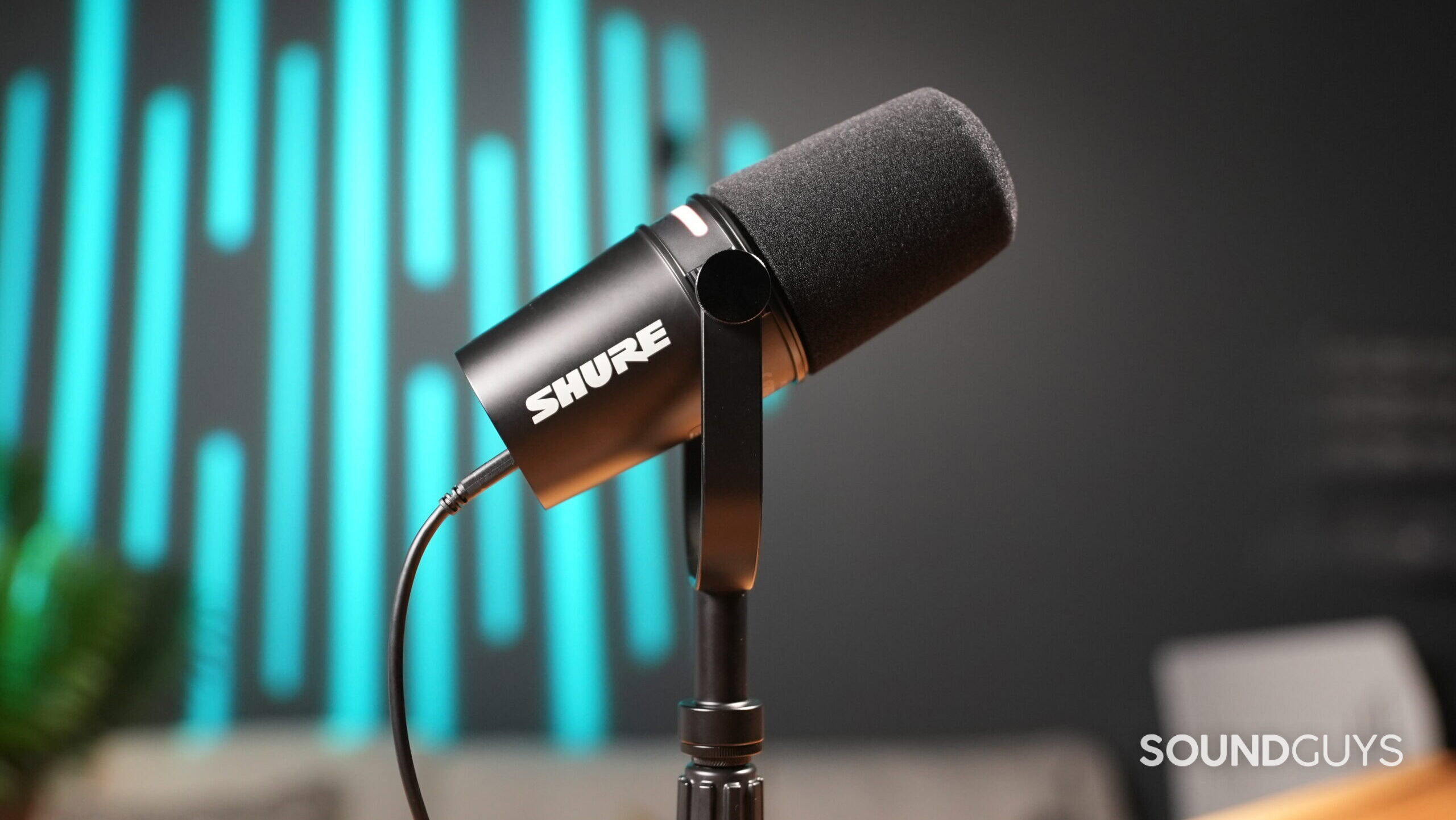

Shure MV7+ review
Published onAugust 28, 2024


After the success of its USB/XLR hybrid MV7 microphone, Shure has launched the Shure MV7+, the second generation of this versatile microphone series popular with content creators. Promising broadcast quality audio over both XLR and its updated USB-C connection, not to mention offering a variety of controls and features via the Shure MOTIV Mix app, let’s dive into our Shure MV7+ review to see if it lives up to the hype.
Editor’s note: this is the first version of the article. Updates will follow as the market changes.
The Shure MV7+ is an ideal desktop microphone choice for podcasters, streamers, and YouTubers.
What’s it like to use the Shure MV7+?
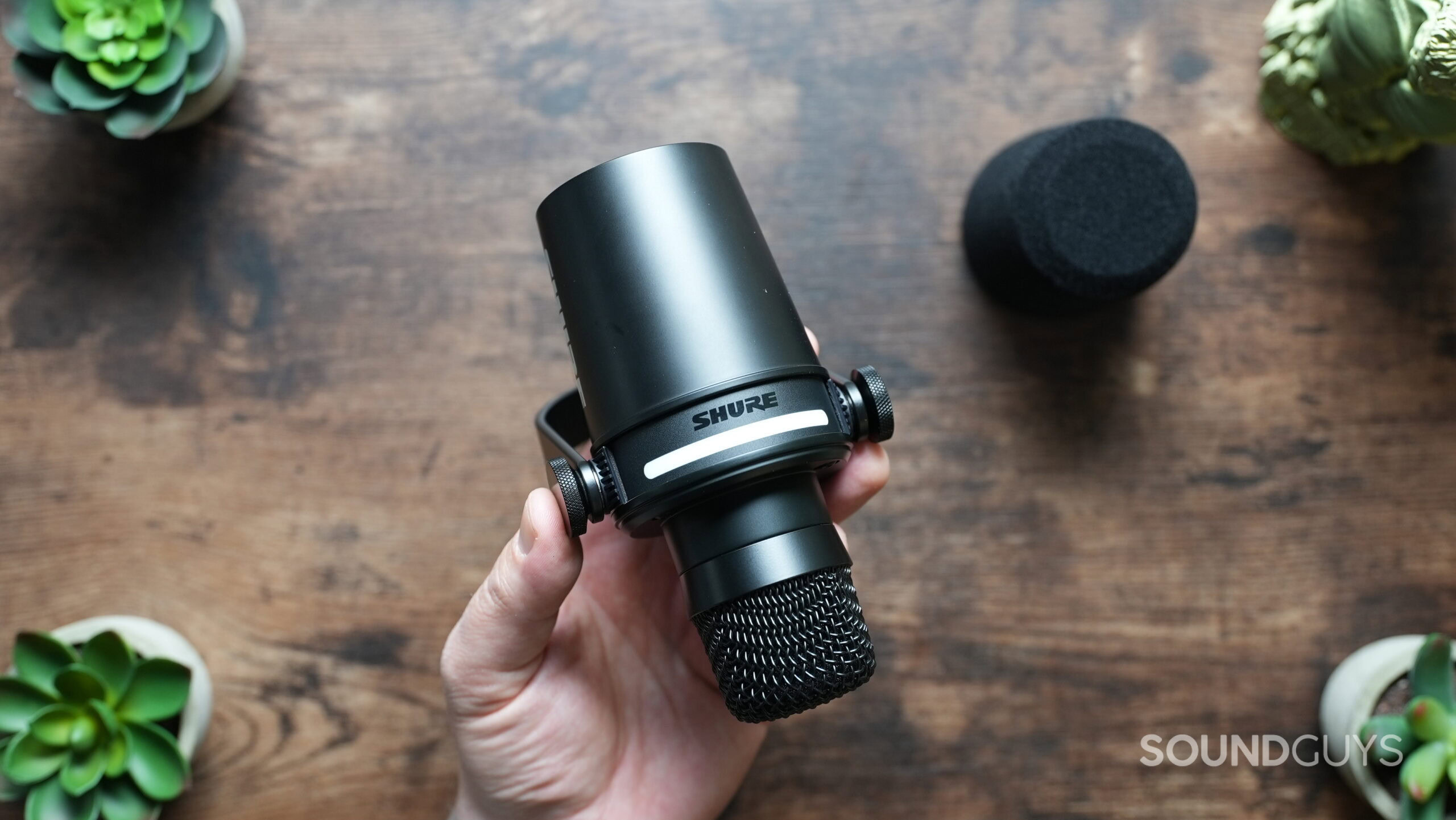
The Shure MV7+ dynamic microphone arrives as part of the MV7+ podcast kit. This includes a desktop-style, short, straight microphone stand and its first noticeable upgrade, a lengthy 3m USB-C cable. The previous model relied on a USB-A to micro-USB cable for any direct computer connection. Of course, it still offers the industry standard balanced XLR connection and a 1/8″ jack for real-time headphone monitoring.
Design-wise, it looks very similar to the original MV7; however, upon closer inspection, you will notice that it features a new, more extended windscreen design, which is a welcome addition. One of the main complaints of the original MV7 was its inability to deal with plosives.
While the colorful touch panel on top of the microphone still exists, Shure has eliminated the gain control function. The LED strip is now a simple mute switch that operates via a single tap. This is the only physical control you’ll find on the MV7+, and unfortunately, I found myself muting the mic by accident quite often when attempting to adjust the microphone position. Otherwise, setting up the MV7+ is straight ahead, and getting a quality voice recording for your podcast or content is easy.
How does the Shure MV7+ connect?
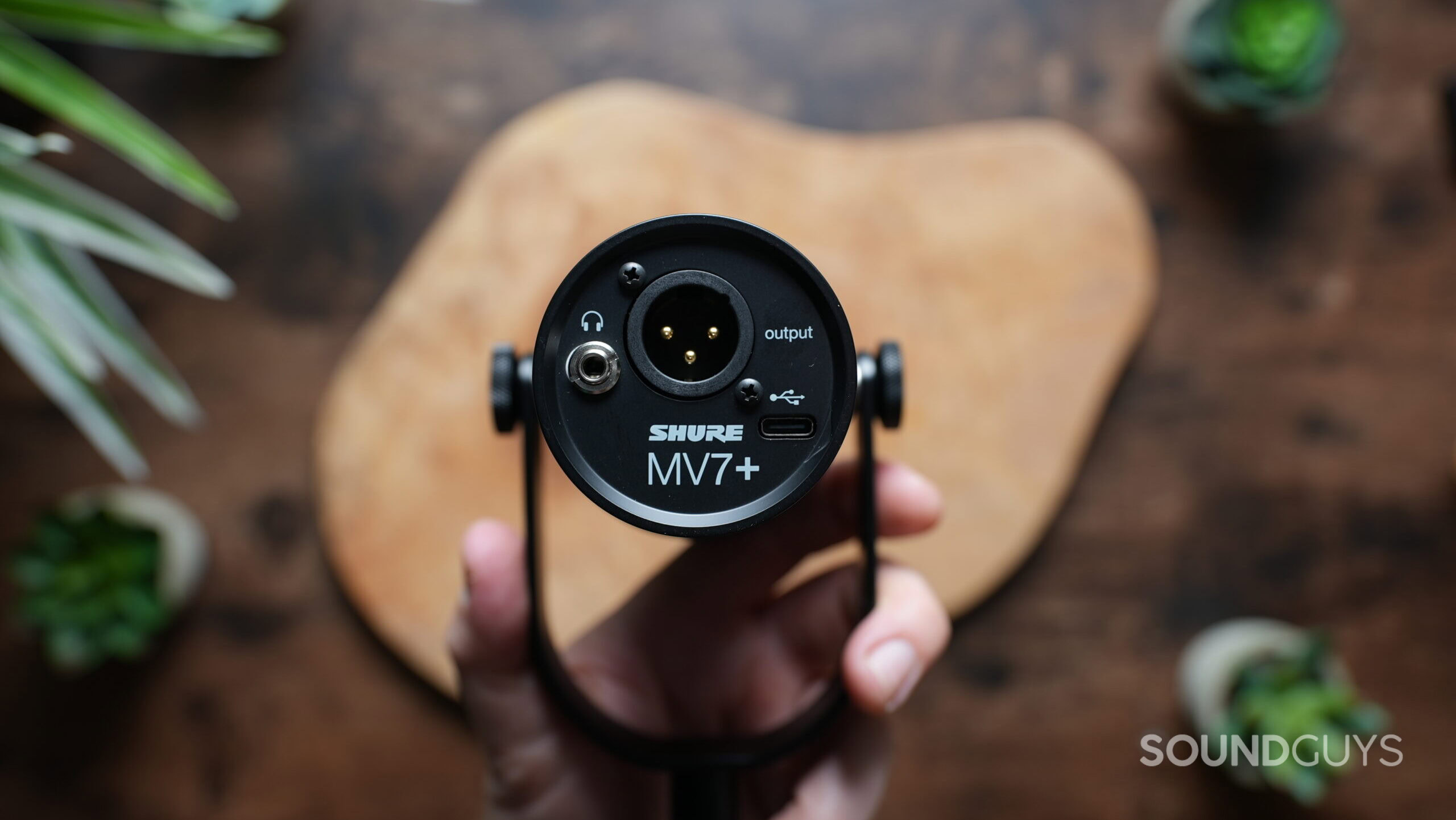
The Shure MV7+ connects to your laptop or smartphone via its updated USB-C connection or audio interface via a balanced XLR connection. As with the original, you can use both outputs at the same time, which is a valuable feature. You can essentially record via USB-C into the MOTIV Mix app and take advantage of its settings while simultaneously tracking over XLR into your favorite DAW as an unedited safety backup in case anything goes wrong.
The Shure MV7+ does not require external power.
How do you control the Shure MV7+?
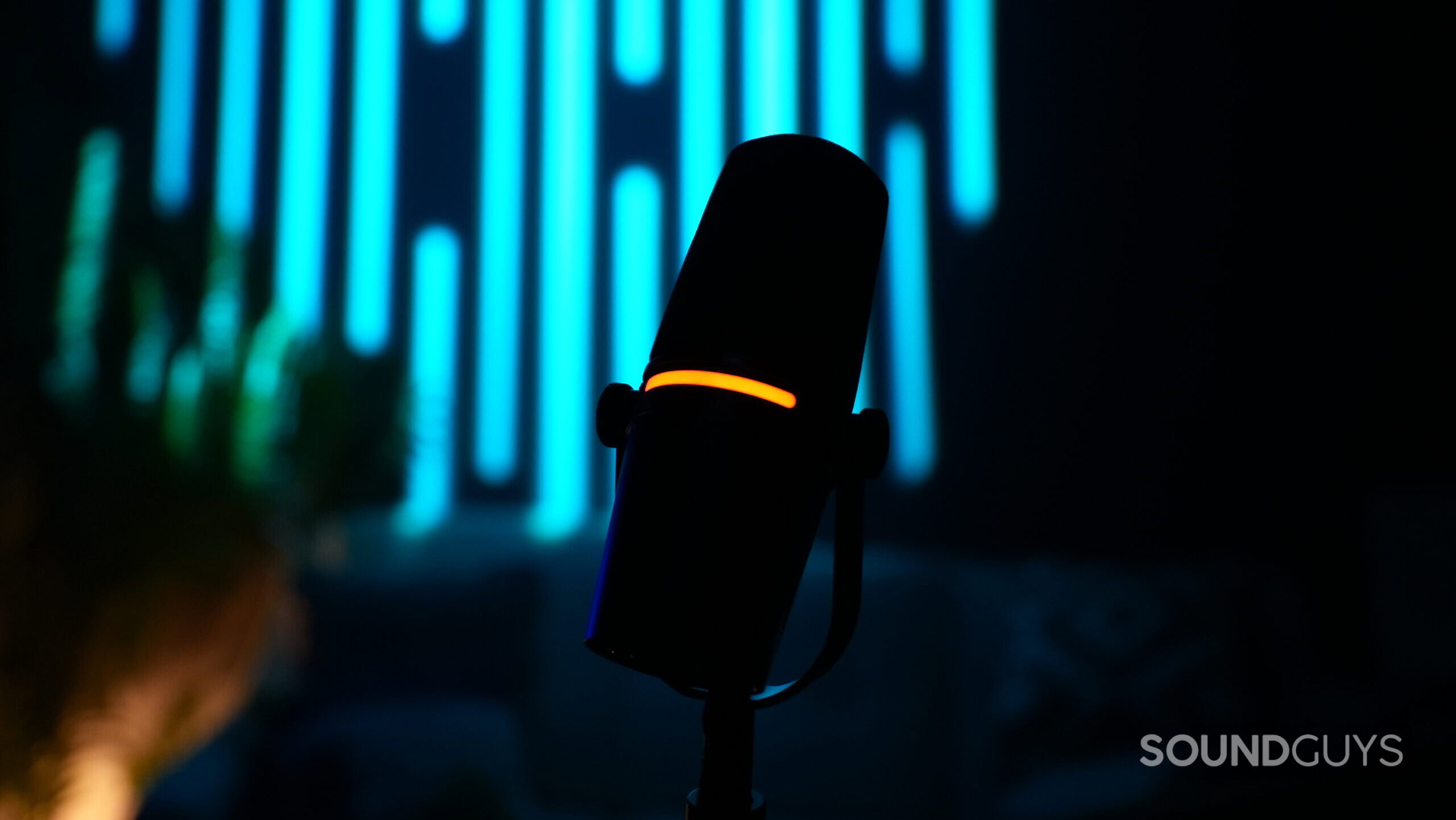
When connected analog via XLR, the MV7+ has no controls. Like any other dynamic microphone, you’ll dial in your gain settings via your interface and use your DAW for signal processing, such as EQ adjustments.
When connected over USB-C, as mentioned, the lighting strip now acts as a physical mute button, but you’ll need to download the Shure MOTIV Mix or MOTIV Audio app to control the microphone and modify its sound.
How does the Shure MOTIV Mix app work?
Remember, you can only use the MOTIV Mix app while connected via USB-C. If you’re using a laptop or computer, you can download the Shure MOTIV Mix app straight from the Shure website. It’s worth noting that the app is still in its Beta phase. On the other hand, if you want to record on your mobile device, you’ll need the Shure MOTIV Audio app. This is a different app altogether, but it offers the same features as the desktop version. iOS users can find it here, and Android users can find it here.
No matter which app you’re using, you can modify your inputs and outputs and fine-tune your microphone settings. While you record your audio directly in the MOTIV Mix app, you’ll still need to use a DAW to edit your recordings to your liking. The MOTIV apps offer a few different types of reverb (studio, plate, and hall), a high-pass filter (off, 75Hz, or 150Hz), toggle Auto gain on or off, and, of course, the option to change the color of the LED lighting strip.
While you probably won’t use any reverb on your podcast, the Auto Level feature is extremely convenient and makes operating the MV7+ a breeze once connected.
What pickup pattern does the Shure MV7+ have?
The Shure MV7+ features a cardioid polar pattern, and it helps you get a decent recording in almost any room. This pattern captures sound primarily from in front of the microphone. It rejects sound 180° behind the capsule, attenuating unwanted background noises and ensuring you’re left to hear the performance you want to capture. The cardioid pattern does offer some forgiveness from the sides, and while you’ll always get the best results speaking directly into the capsule, this does allow you to speak a bit more freely while in front of the mic.
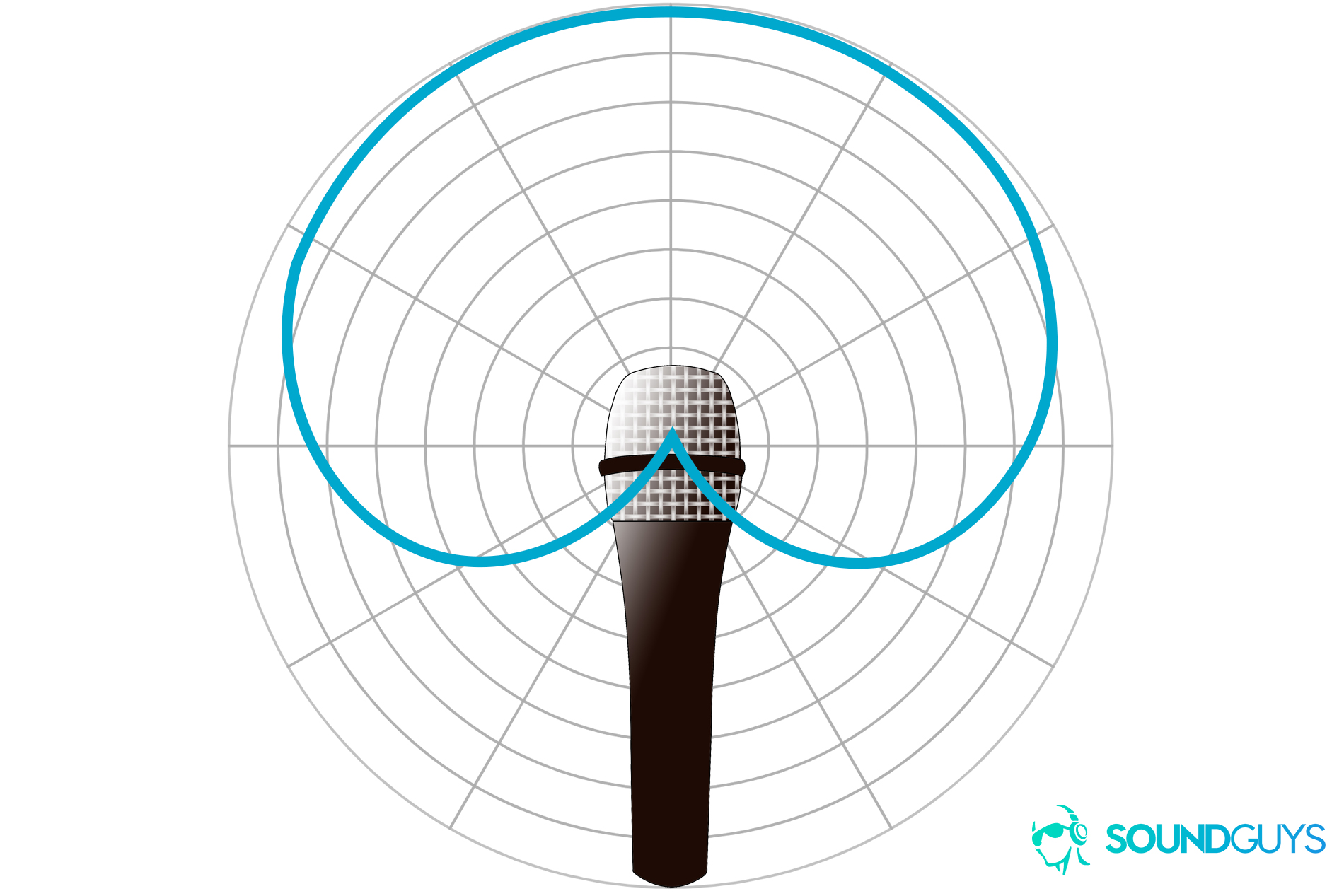
How does the Shure MV7+ sound?
Thanks to its wide frequency response, just like the original, the MV7+ does an excellent job of reproducing a warm yet detailed recording of your voice. Take a listen to the examples I recorded below. Whether you’re a podcasting pro or just getting started, connected over XLR or USB, the MV7+ simply sounds great. Since this microphone is geared towards podcasting and used as a desktop mic, I also included some shock rejection tests to see how the MV7+ handles some local activity when in use.
The handy MV7+ user guide provides you with its frequency response chart. As mentioned, its wide response makes getting a quality recording of your voice very easy.
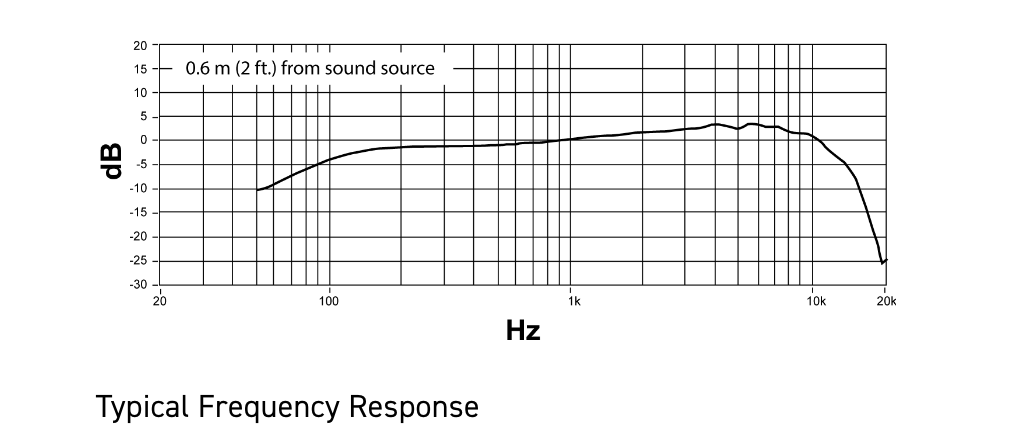
Shure MV7+ microphone demos:
XLR connection:
XLR shock rejection test:
USB-C connection:
USB-C shock rejection test:
How does the microphone sound to you?
Should you buy the Shure MV7+?
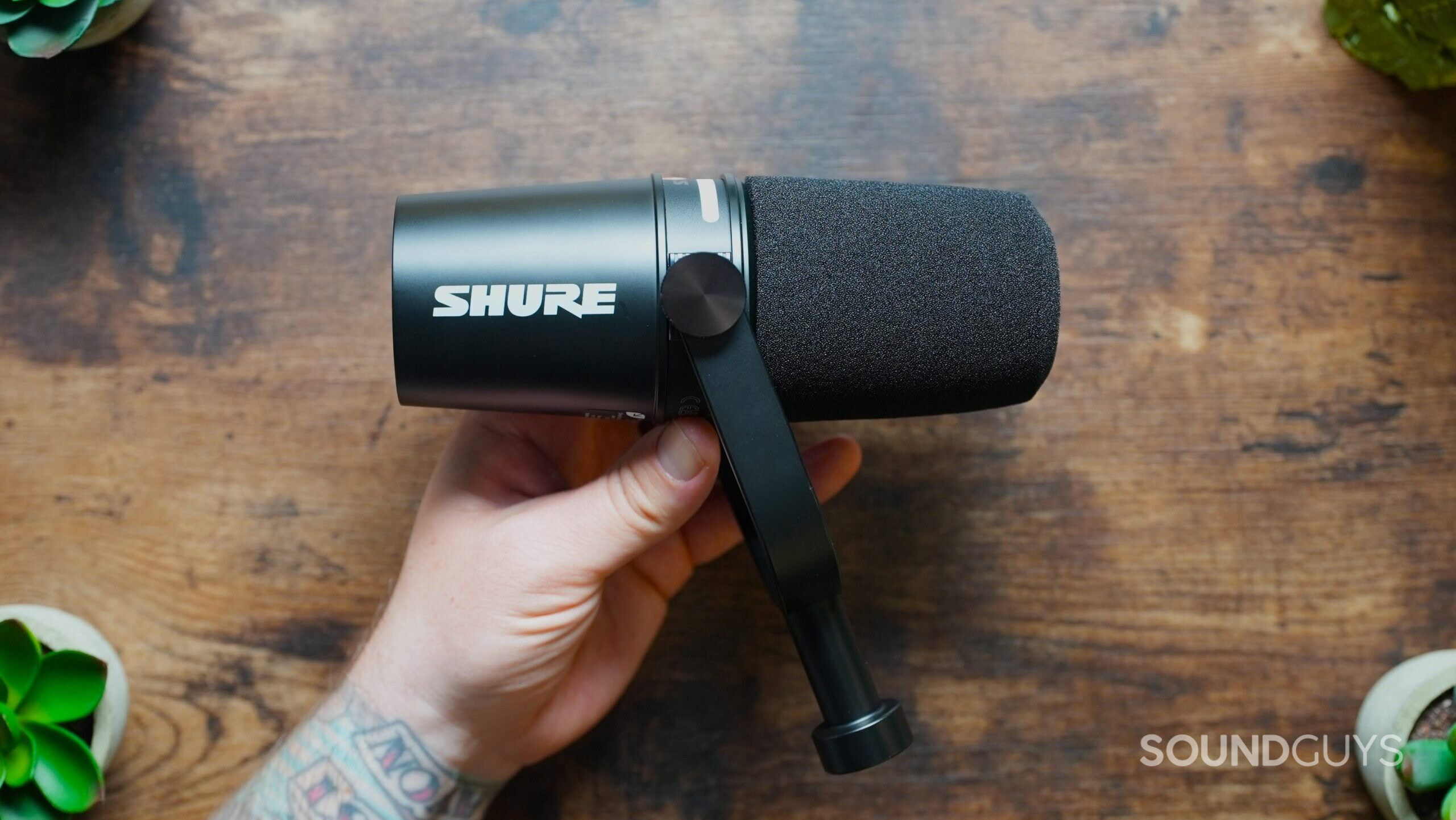
There’s plenty to like about the new MV7+, from its quality sound to ease of use. If you’re new to streaming and content creation or just getting started, the Shure MV7+ makes a great desktop USB-C microphone without buying an audio interface. However, as mentioned, the USB-C connection is the only way to take advantage of all the Shure Motiv Mix app features. If you already own a quality audio interface and plan on just using the MV7+’s analog XLR output, there is another higher-quality option you should consider….

What should you get instead of the Shure MV7+?
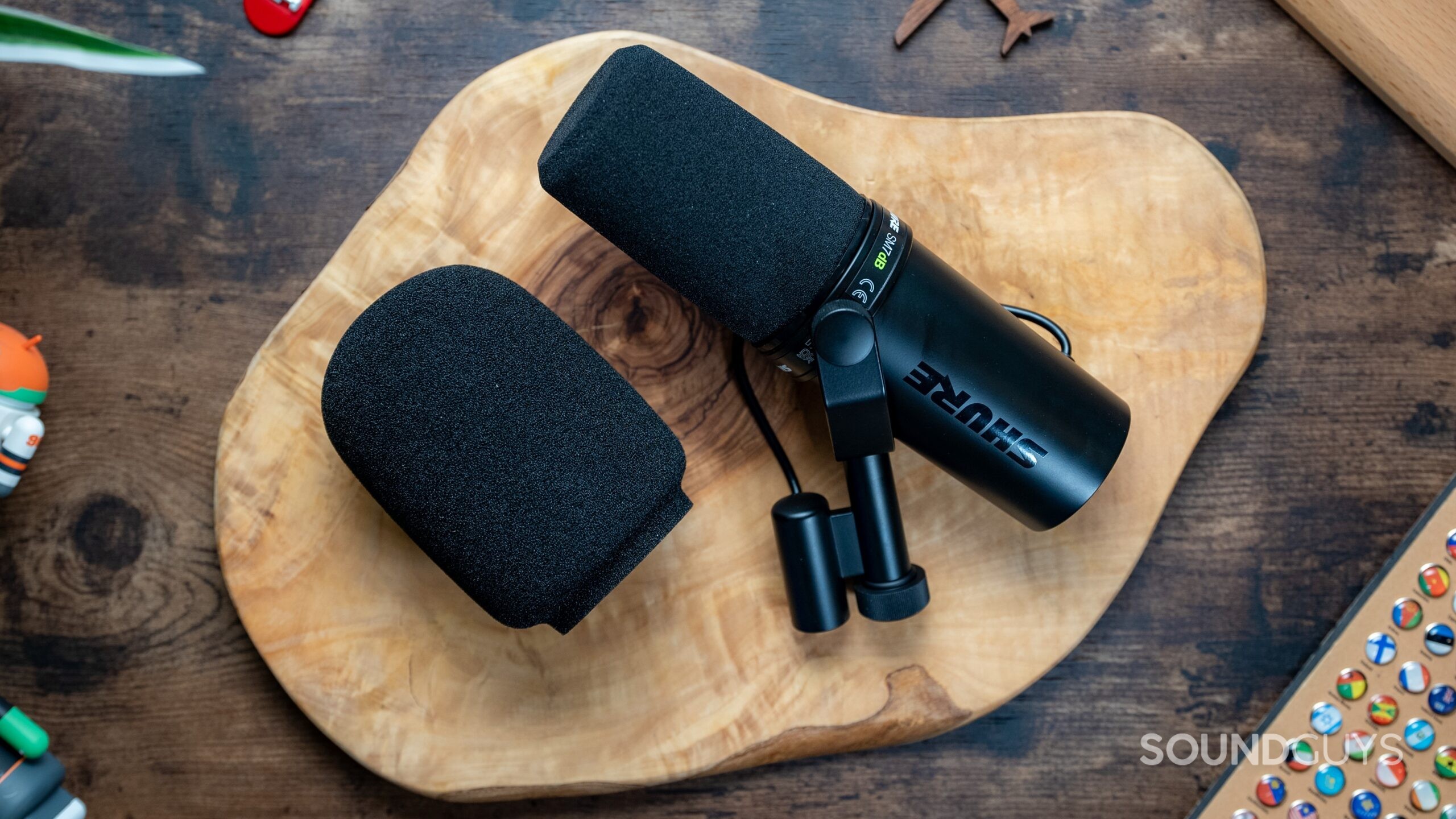
Another recently updated Shure product, I recommend checking out the Shure SM7dB. ($499 at Amazon) This version of the legendary, 50-year-old SM7B microphone was updated with podcasters and streamers in mind. It now features a selectable +18 or +28 onboard dB boost to ensure a decent gain level with even the most basic interfaces. Getting a clear and full-sounding vocal performance out of this microphone is incredibly easy, not to mention it’s built like a tank. If you’re into content creation for the long haul, you’ll want to spend the extra cash on this quality microphone that will last you forever.
Frequently asked questions
No, the MV7+ is a dynamic microphone.
If you are connecting via XLR and using a modern interface, a Cloudlifter preamp should not be required.
No, the MV7+ does not require phantom power.
No, the MV7+ does not require an additional pop filter.
Yes, as long as your phone has a USB-C connection (iPhone 15 and newer).
Absolutely! It’s an ideal choice.